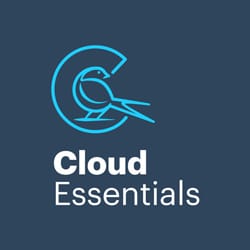Advanced information management used to be the domain of highly regulated industries only. Today, tightening national and international regulations, together with rising IT costs, have extended that playing field significantly.
The fact is, Cloud technology has introduced innumerable benefits, but it’s also created some new challenges for businesses in all verticals. Content sprawl is one of the bigger ones, increasing not only storage costs and potential risk exposure, but also the complexity of maintaining compliance in a much stricter regulatory environment than ever before.
In order to control sprawl, business of all shapes and sizes are turning to advanced tools like retention labels for data management in order to implement comprehensive information lifecycle strategies. These are replacing old-school “keep it all, just in case” mentalities with a more appropriate and modern approach, using retention and disposition policies to preserve only what is necessary, for only as long as necessary.
These policies make it dramatically easier to reduce and control sprawl and its associated risks. So what does Microsoft Purview capability offer to solve these challenges?
Microsoft Purview Data Lifecycle Management offers:
In-place management: Purview allows users to apply retention and disposition policies to data in its original location, without requiring migration or duplication.
Automated policies: Purview enables users to define rules and triggers for data classification, retention, and deletion, based on metadata, content, or events.
Defensible processes: Purview provides audit logs, reports, and dashboards to monitor and demonstrate compliance with internal and external regulations and standards.
Pre-built data connectors: Purview offers a range of connectors to discover and scan data from various sources, such as Azure, Office 365, SQL Server, Power BI, Salesforce, SAP, Oracle, and more.
How to double down on benefits
At Cloud Essentials, we’re all about maximising ROI. If that’s your game too, we highly recommend adding a storage optimisation angle to your information lifecycle.
Let’s face it: content volumes are skyrocketing, and storage costs are climbing right alongside them. If you’re already diving into retention and disposition, you have the perfect opportunity to kill two birds with one stone.
By simply adding archiving and decluttering strategies to your retention programme of work, it’s possible to achieve your information lifecycle goals while simultaneously cleaning house. This can lower storage requirements by a surprising degree and cut costs by an equally eye-opening margin not to mention reducing compliance complexity and improving productivity.
There’s no better time to take control of your content trajectory and create a cost-effective and future-proof environment.





